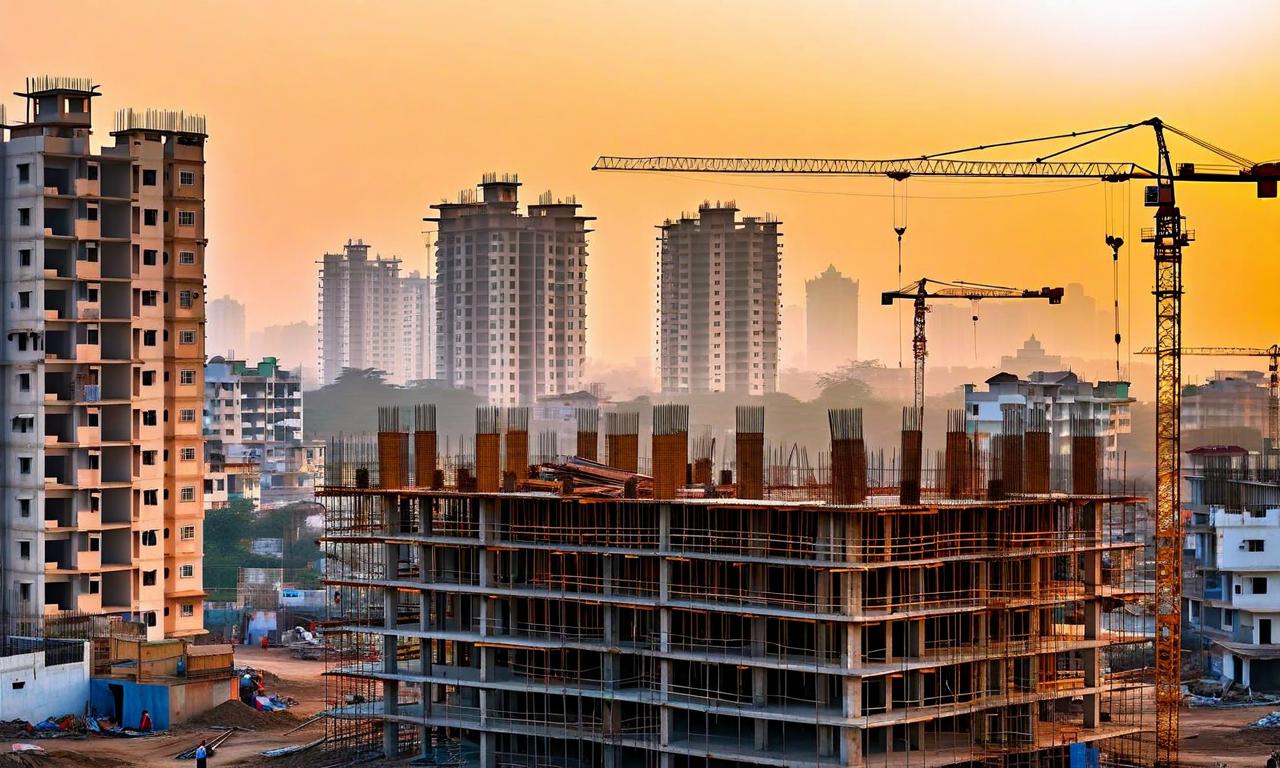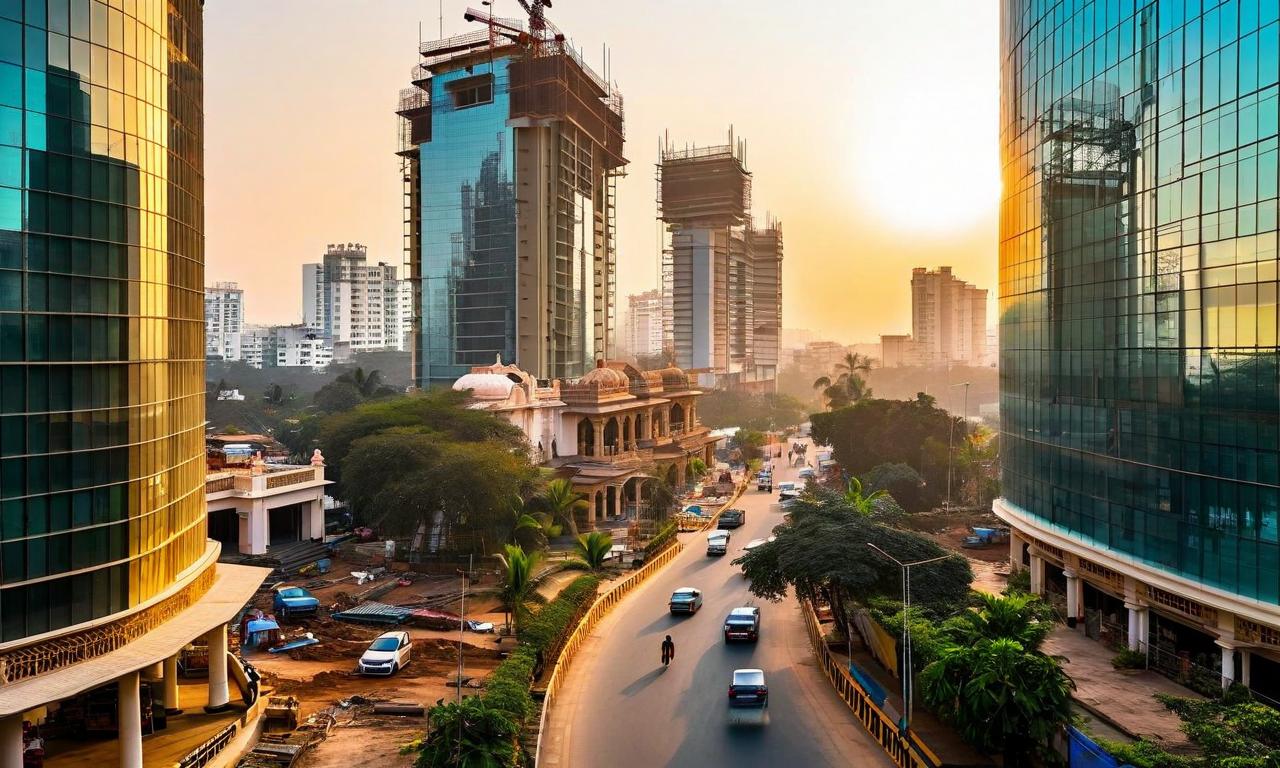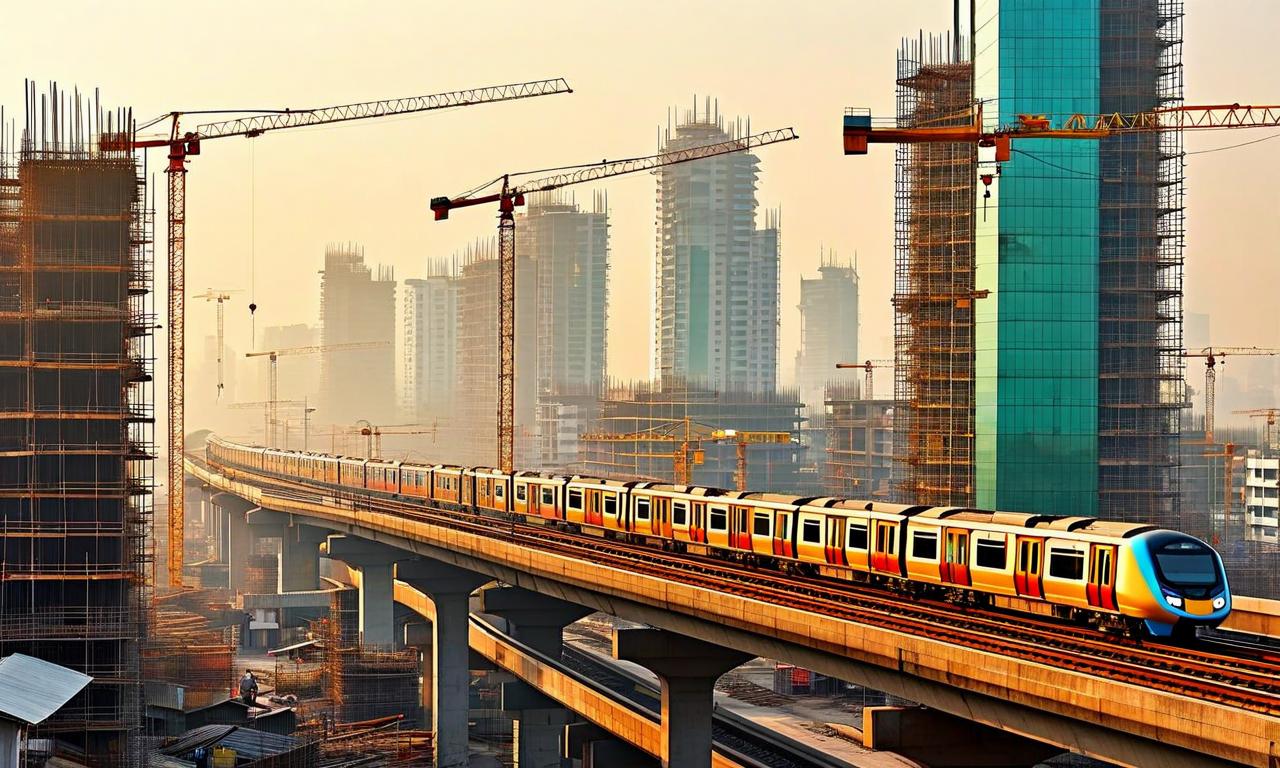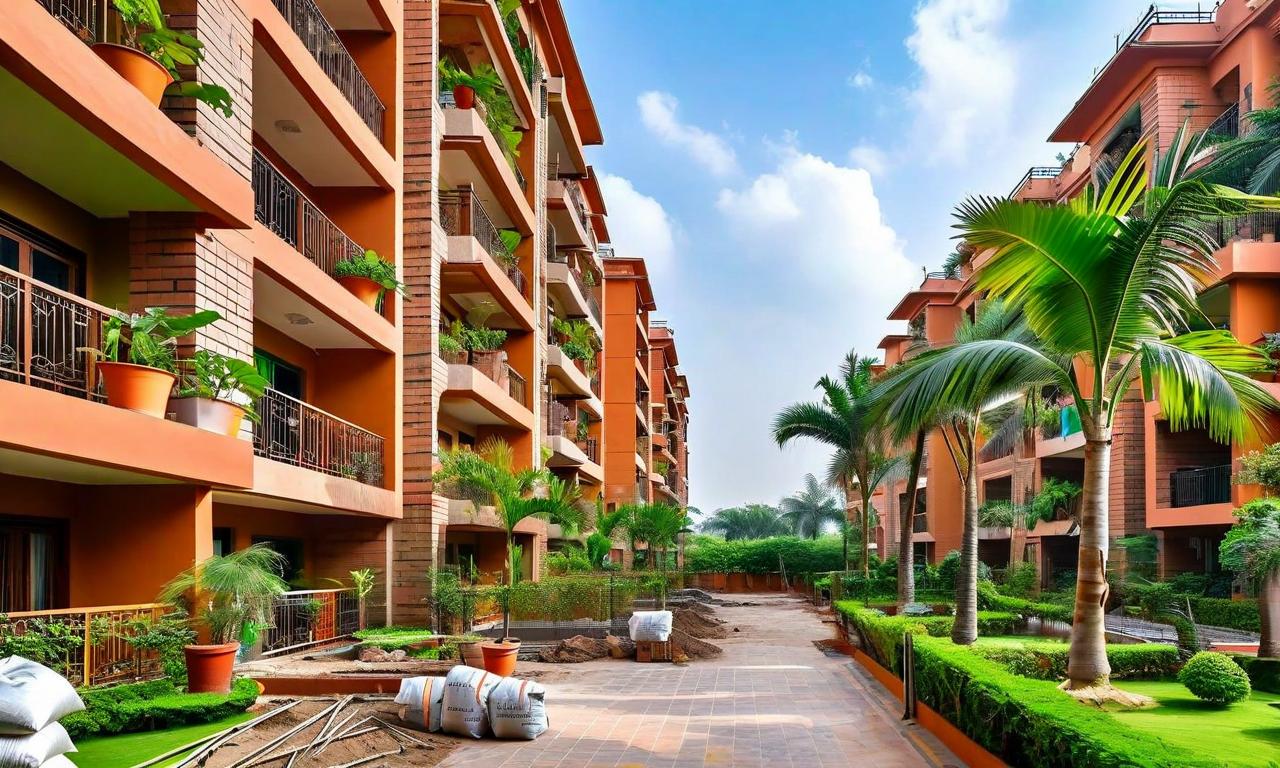Indian Real Estate Sees 32% Dip in PE Investment, Office Assets Lead Inflows
Private equity investments in India's real estate sector decreased by 32% year-on-year in Q3 2023, totaling $1.50 billion compared to $2.20 billion in the same period last year. Office assets attracted the largest share at 39%, followed by data centers at 38% and residential at 20%. Despite the decline, year-to-date PE inflows reached $3.90 billion, with projections for 2024 at $4.30 billion, indicating potential recovery.

*this image is generated using AI for illustrative purposes only.
Private equity (PE) investments in India's real estate sector have witnessed a significant decline in the third quarter of 2023, according to a recent report by Savills India. The sector experienced a 32% year-on-year decrease in PE inflows, highlighting shifting dynamics in the real estate investment landscape.
Key Highlights
- PE investments in Indian real estate dropped to $1.50 billion in July-September 2023, down from $2.20 billion in the same period last year.
- Office assets attracted the largest share of investments, followed closely by data centers and the residential segment.
- Year-to-date PE inflows (January-September 2023) reached $3.90 billion.
Investment Distribution
| Asset Class | Investment ($ billion) | Share of Total Inflows |
|---|---|---|
| Office Assets | 0.60 | 39% |
| Data Centers | 0.57 | 38% |
| Residential | 0.30 | 20% |
| Others | 0.03 | 3% |
Historical PE Investments in Indian Real Estate
| Year | PE Investment ($ billion) |
|---|---|
| 2020 | 6.60 |
| 2021 | 3.40 |
| 2022 | 3.40 |
| 2023 (Jan-Sep) | 3.90 |
| 2024 (Projected) | 4.30 |
Analysis
Despite the recent decline, Savills India notes that institutional investments in Indian real estate have remained relatively stable since the peak in 2020. This stability suggests that India continues to be an attractive destination for long-term real estate investments.
The significant interest in office assets, which accounted for the largest share of PE inflows, indicates ongoing confidence in the commercial real estate sector. The substantial investment in data centers (38% of total inflows) also points to the growing importance of digital infrastructure in India's real estate landscape.
While the residential segment received a smaller share of investments, its 20% contribution demonstrates that housing remains a key component of the real estate investment mix.
The projected increase in PE investments for 2024 to $4.30 billion, up from $3.90 billion in 2023, suggests a potential rebound in investor confidence and activity in the coming year.
In conclusion, while the Indian real estate sector has experienced a short-term decline in PE investments, the overall trend indicates resilience and continued investor interest. The diverse allocation across asset classes, particularly the strong showing in office and data center segments, reflects the evolving needs of the Indian economy and the adaptability of the real estate market.




































